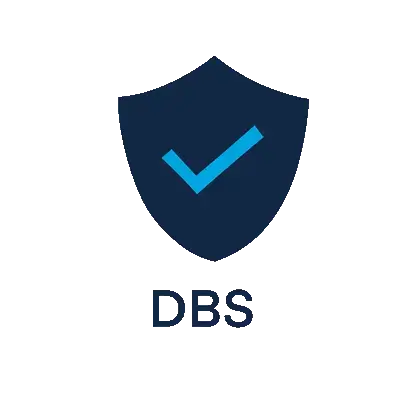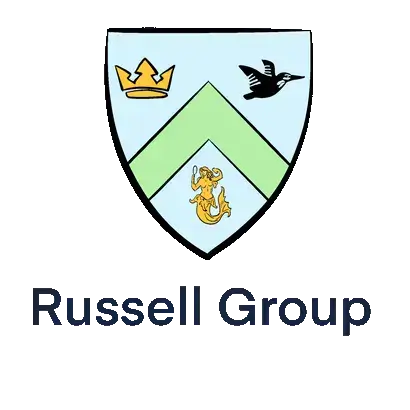In this article, Lexi, an experienced IB Maths specialist explores how Voronoi Diagrams can be incorporated into IB Maths AI
As the world of artificial intelligence continues to evolve, so does the curriculum designed to educate the next generation. One exciting topic in the International Baccalaureate (IB) curriculum is the study of Voronoi diagrams. These geometric structures, named after the mathematician Georgy Voronoi, offer a fascinating blend of mathematics, computer science, and real-world applications. This topic was not a part of GCSE and A-level mathematics when I was teaching in the UK schools, so it was a great opportunity for me as a teacher to present it to my IB students in the Bahamas.
History of Voronoi Diagrams
Voronoi diagrams have a rich history dating back to the 19th century. Georgy Voronoi, introduced the concept in 1908 while studying the tessellation of spaces. However, the roots of this idea can be traced back even further to mathematicians like Descartes and Dirichlet.
One of the most fascinating applications of Voronoi diagrams was implemented by John Snow, a British physician who played a crucial role in discovering the cause of cholera in the mid-19th century in London. During the 1854 cholera outbreak in London’s Soho district, John Snow observed a clustering of cholera cases around the Broad Street water pump. At the time, the prevailing belief was that cholera spread by air, but Snow suspected that contaminated water might be the source of the outbreak.
To investigate his hypothesis, Snow carefully collected data on cholera cases and mapped their locations. He then used Voronoi diagrams to visualize the spatial distribution of cases and identify patterns in the data. This method allowed Snow to determine which water source each affected household was closest to.
By overlaying the Voronoi diagram onto a map of the area, Snow discovered that the majority of cholera cases were clustered around the Broad Street pump, supporting his hypothesis that contaminated water was the source of the outbreak. This insight led to the removal of the pump handle, effectively stopping the spread of the disease.
Snow’s use of Voronoi diagrams was revolutionary for his time. His work laid the foundation for modern disease mapping and the study of spatial epidemiology, highlighting the importance of interdisciplinary approaches in public health research.
Voronoi and IB Maths
When teaching Voronoi Diagrams to my IB students, I always start with a similar real-life problem, such as finding a spot to build a hospital that is accessible to most of the people in the particular region. We then dive into geometry and discuss the use of perpendicular bisectors to find these special spots. This way my students start with a motivation and willingness to solve a serious problem and then try to use mathematical tools to get to the solution. Finally, when it comes to solving exam style questions on Voronoi diagrams, the key to success is familiarity with worded problems and their interpretation. Therefore, I highly recommend using all available practice questions from your IB textbooks and on top of that Revision Village or Save my Exams practice questions. By studying Voronoi diagrams, students gain valuable insights into spatial analysis, optimization, and real-world applications across diverse domains.









Start the discussion!